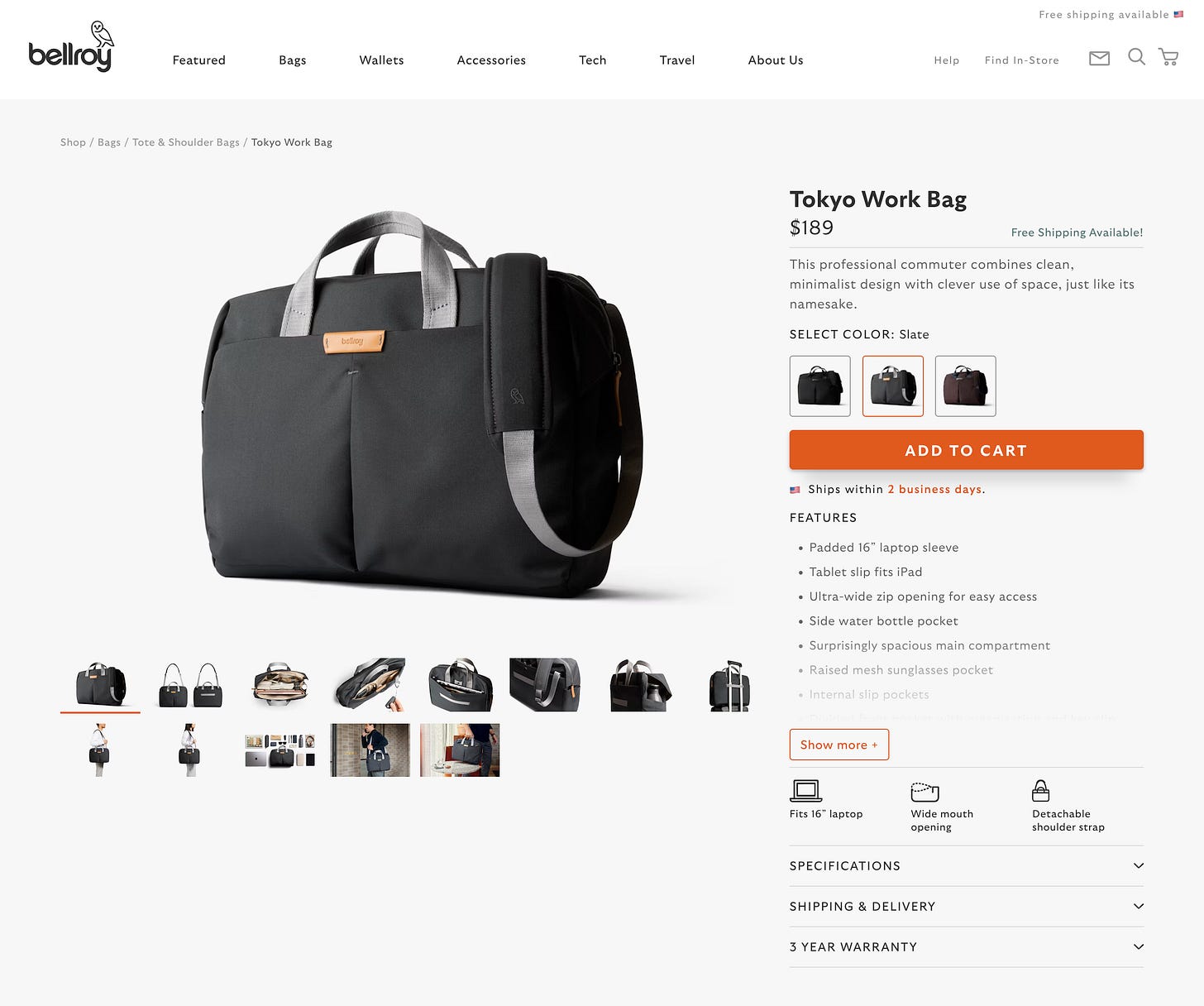- Marketing Unboxed
- Posts
- Edition #3 - Forget the Category Page, Google Search is Now Your New Storefront
Edition #3 - Forget the Category Page, Google Search is Now Your New Storefront

Remember the days of meticulously crafting category pages on your website, hoping to guide customers to the perfect product?
Well, Google might have just thrown a wrench in that strategy.
Recent changes to search results are mimicking the experience of a traditional online storefront, placing products directly in search results with features like images, prices, and reviews.
This shift positions Google Search as a brand's new catalog page, moving the fight for customer attention to the product detail page (PDP).

Jamie D'Alessandro put together a great in-depth guide on how to leverage this exciting shift. Here are a few highlights to position your ecommerce product pages for better SEO and conversions:
1. Content is King and you always should aim for clear and compelling content to inform and engage your customers.
Match Titles & H1: Ensure your page title and H1 tag accurately reflect the product and target keywords.
Detailed Descriptions: Provide comprehensive descriptions highlighting features, benefits, and addressing pain points.
SEO Optimization: Integrate relevant keywords naturally throughout the product copy.
2. Prioritize User Experience by organizing content around keywords your customers might be using, while also making pages aesthetically appealing.
High-Quality Images: Use clear, professional images showcasing the product from multiple angles.
Mobile-Friendly Design: Optimize your page for seamless browsing on mobile devices.
Clear Calls to Action: Make it easy for customers to buy with clear "Add to Cart" buttons.
3. Technical SEO Matters so that pages load quickly for users and search engines and easily decipher what you page is all about.
Fast Loading Speeds: Prioritize fast loading times for a smooth user experience.
Schema Markup: Implement product schema markup to enhance search engine understanding.
Internal Linking: Connect your product page with relevant categories and other related products.
4. Leverage Social Proof to make customers comfortable with your product and your brand.
Customer Reviews: Encourage customer reviews to build trust and social proof.
User-Generated Content: Showcase user-generated content like photos or videos featuring the product.
You can find more details and tips in the original article here. Good luck!
The Roundup
A collection of links to stuff I think are worth sharing.
Expedia Travel Shops - Expedia is launching Travel Shops within its app, allowing users to browse and book hotels curated by influencers and travel experts.
Guide to Reels - Meta's new guide offers 19 pages of tips to master Reels, including ads, for holiday success.
Rolls-Royce’s NYC Office - The brand’s first North American “private office” offers up bespoke car customization experiences for high-end clients.
Threads Tests Reddit-like Feature - A new feature called "Loops" will let users join and contribute to topic-based communities.
Nothing's Ear (Open) earbuds - A promising option for excellent sound quality with transparency, ideal for commuting, office work, or running.
Top Prime Day Pick - CNET has never steered me wrong. If you’re looking for a gargantuan TV for less, editors recommend this one from TCL.